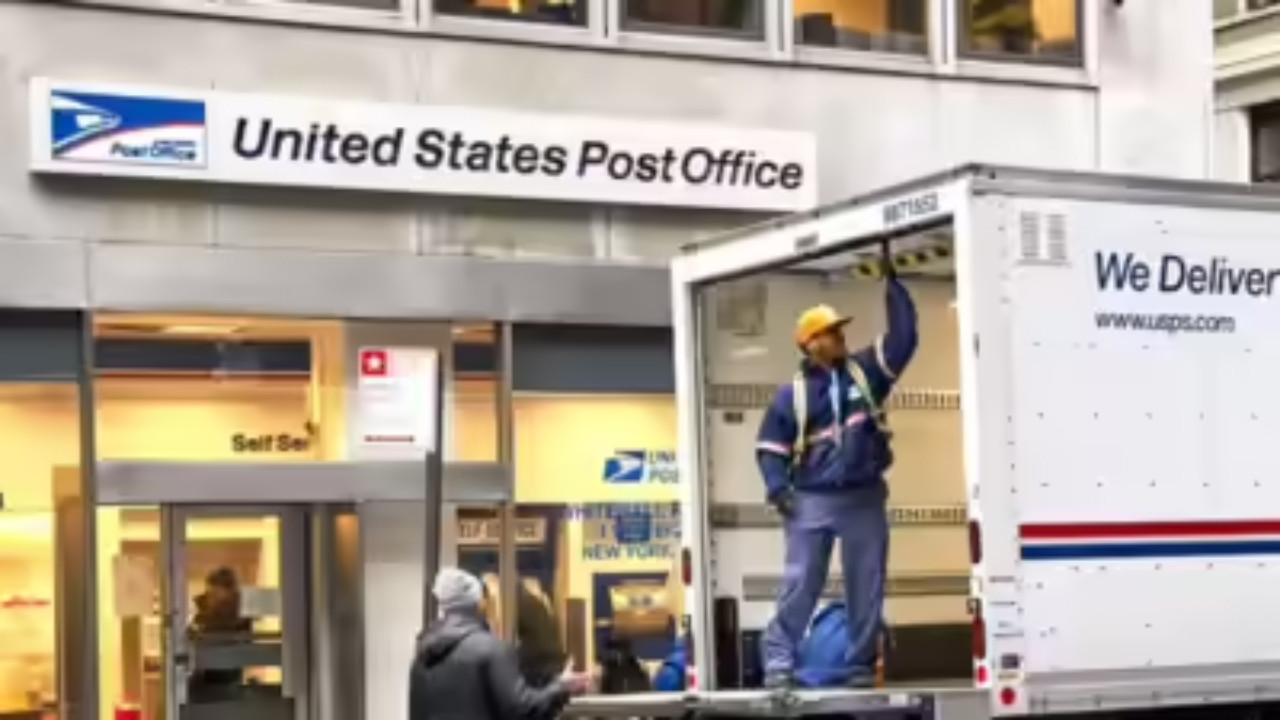Facing a staggering $9 billion annual loss, the US Postal Service is pushing for significant administrative and legislative reforms. New Postmaster General David Steiner highlighted the need for new revenue streams and policy changes to address a deep-seated financial imbalance. These proposed changes aim to improve the agency’s business model amidst declining mail volumes and past restructuring efforts.
The US Postal Service: Can Price Hikes and Policy Tweaks Seal the Cracks?
The familiar eagle logo of the United States Postal Service (USPS), a symbol once synonymous with reliability and steadfast service, has been flying through some turbulent economic weather lately. The agency just revealed a whopping $9 billion deficit, painting a concerning picture of its financial health. But is this just a temporary setback, or a sign of deeper systemic issues? And what’s being done to keep those letters and packages arriving on our doorsteps?
This isn’t your grandfather’s postal service anymore. The world has changed dramatically, and with it, the demands and challenges facing the USPS have multiplied. The explosion of e-commerce, while providing a surge in package deliveries, hasn’t been enough to offset the continuing decline in First-Class mail, the traditional backbone of the USPS’s revenue stream. Think about it: when was the last time you mailed a bill payment?
Navigating the Financial Straits
The deficit announcement has naturally raised eyebrows. The USPS, unlike many other government agencies, relies primarily on the sale of postal products and services to fund its operations. It receives no tax dollars for day-to-day expenses. So, a $9 billion hole in the budget is a serious problem.
Postmaster General Louis DeJoy isn’t pulling any punches. He’s been vocal about the need for significant changes to stabilize the agency’s finances. His strategy hinges on a multi-pronged approach: aggressive cost-cutting, operational efficiency improvements, and, perhaps most noticeably for consumers, price increases.
We’ve already seen postage rates creep upward in recent years, and more hikes are likely on the horizon. The USPS defends these increases as necessary to keep pace with inflation and maintain service quality. But will customers accept continually rising prices, especially as alternative delivery options become increasingly prevalent? That’s the million-dollar (or, in this case, the $9 billion) question.

More Than Just Price Hikes: Policy and Operational Overhauls
It’s not just about charging more. The USPS is also pursuing a series of policy adjustments aimed at streamlining operations and reducing expenses. This includes modernizing its aging infrastructure, optimizing delivery routes, and investing in new technologies to improve efficiency.
One key area of focus is expanding the USPS’s role in package delivery. With the continued growth of e-commerce, the agency sees package delivery as a crucial revenue driver. They’re working to enhance their package tracking capabilities, improve delivery speed, and offer more competitive pricing to attract and retain business.
However, this puts them squarely in competition with established private carriers like FedEx and UPS. Can the USPS effectively compete in this cutthroat market? They certainly have some advantages, including their vast network of post offices and their access to every address in the country. But they also face challenges, such as legacy infrastructure and bureaucratic processes.
For an inside look at another aspect of logistics and delivery, check out this article about [supply chain resilience](insert internal link to related article on supply chain resilience).
The Road Ahead for the US Postal Service
The USPS faces a challenging road ahead. The combination of declining mail volumes, rising costs, and increasing competition presents a formidable set of obstacles. The success of their turnaround strategy will depend on a number of factors, including their ability to effectively implement cost-cutting measures, improve operational efficiency, and attract and retain customers.
The agency’s future also hinges on its relationship with Congress, which ultimately controls its regulatory framework and has the power to enact legislation that could significantly impact its financial stability. Finding a long-term, sustainable solution will require a collaborative effort between the USPS, policymakers, and other stakeholders.
Ultimately, the fate of the USPS is not just a matter of dollars and cents. It’s about preserving a vital public service that connects communities, supports businesses, and plays a critical role in the nation’s economy. Whether price increases and policy adjustments will be enough to secure its future is still unclear, but the next few years will undoubtedly be pivotal in shaping the destiny of this iconic American institution.






